Vision Statements
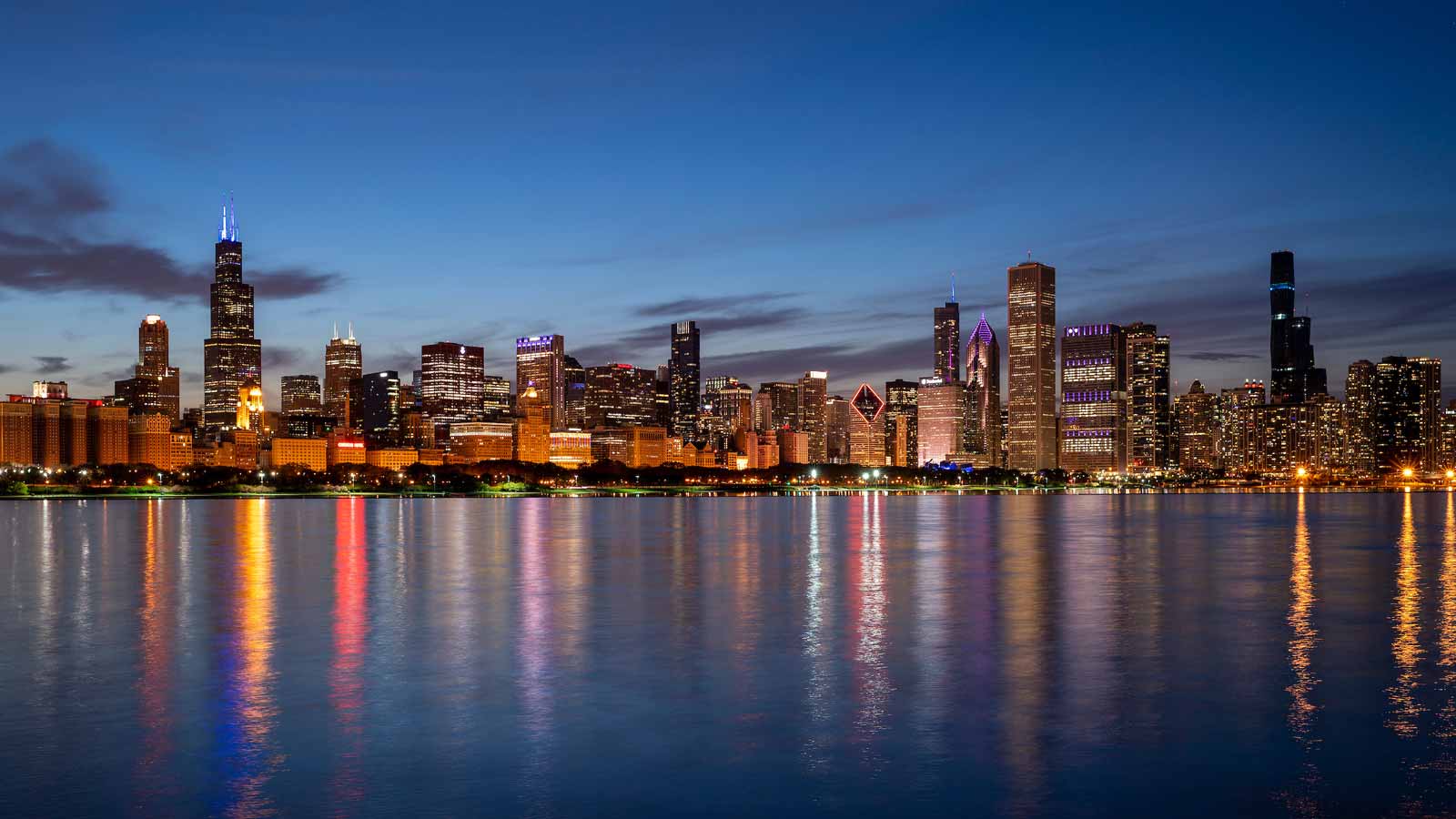
In 2023, the first phase Central Area Plan Update culminated in a visioning process informed by historic progress, recent trends and community input.
As a result, the Department of Planning and Development (DPD) drafted vision statements and priorities to guide the project's second phase, in which DPD will use the finalized statements to develop formal implementation strategies and recommendations.
Overall Draft Vision StatementChicago’s Central Area is a global destination that has the fastest-growing residential population of any downtown in the country. It is the economic, transit and cultural hub of the region, sustained by Lake Michigan and the Chicago River. Chicago's downtown neighborhoods will strive to be a unified model for resiliency, innovation and accessibility that is welcoming to all. |
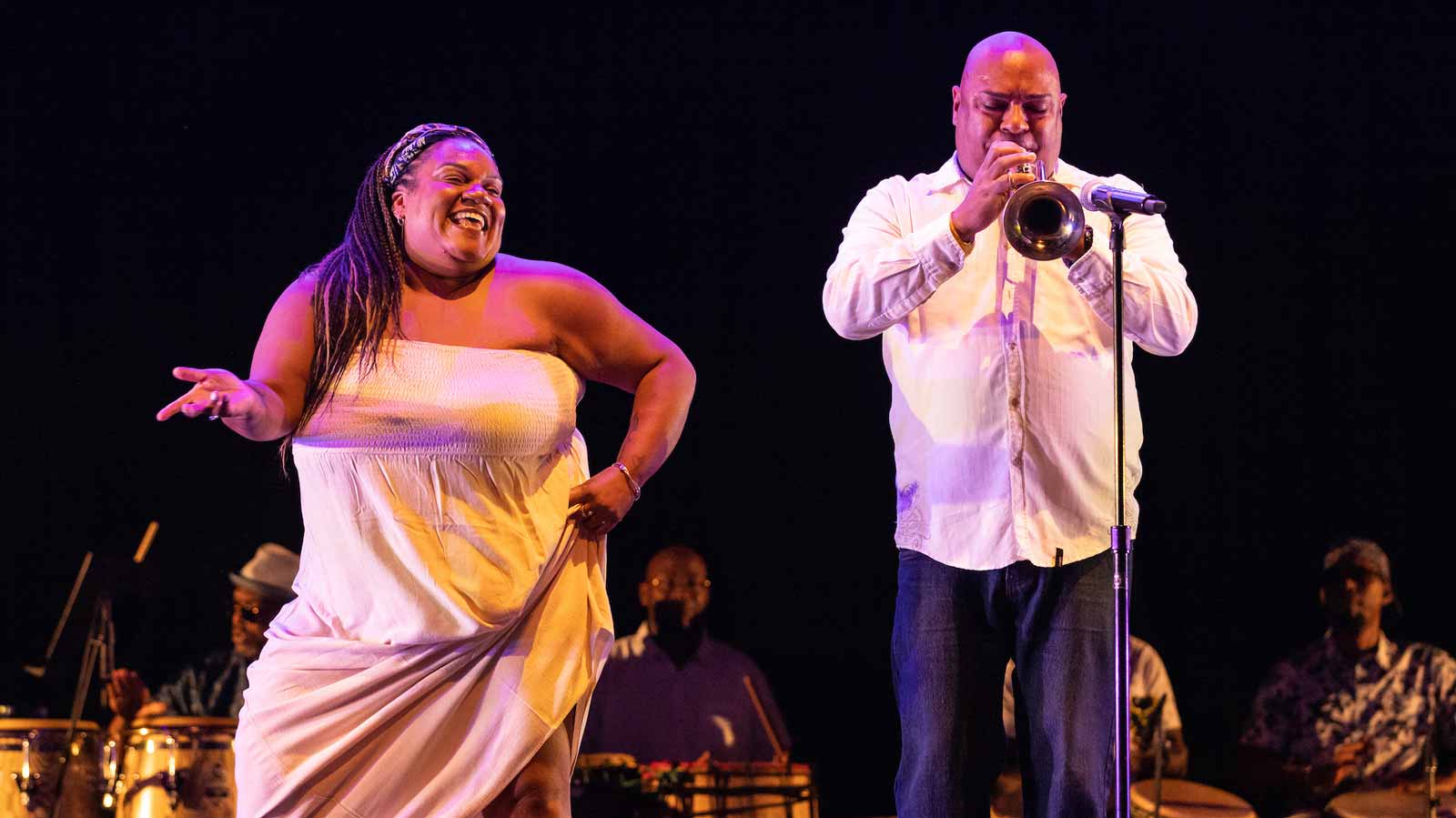
Chicago’s downtown is home to world-class cultural experiences and organizations that provide connectivity to other neighborhoods. Improving access to and support for arts and entertainment is critical for creatives to live, work and grow in the Central Area.
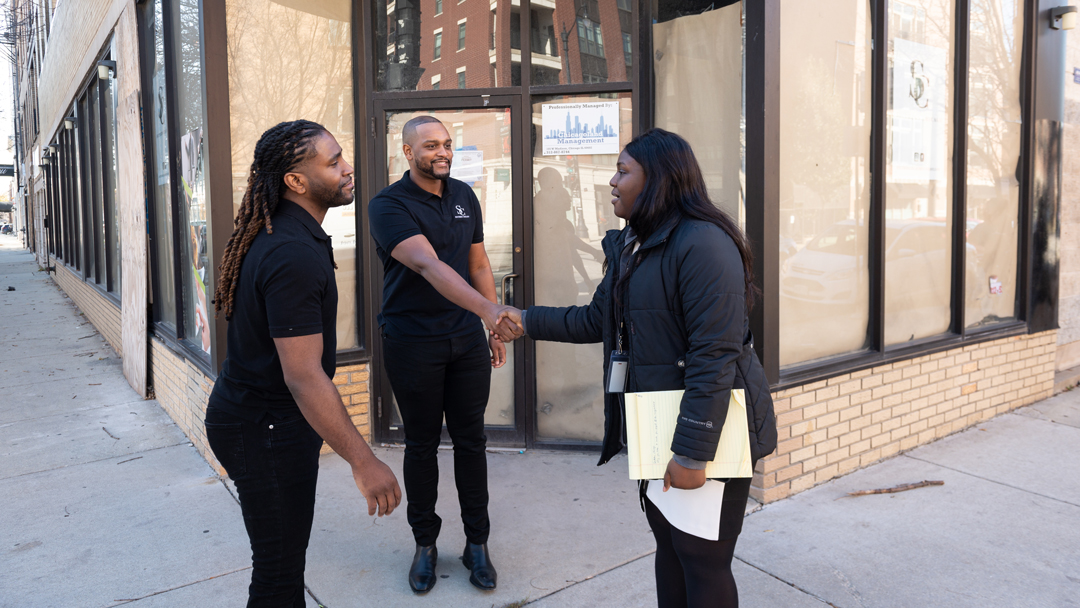
The Central Area is the region’s economic engine with more than half of all Chicago’s private-sector jobs. Looking to the future, downtown should support retail and business innovation, connectivity and growth from an inclusive workforce.
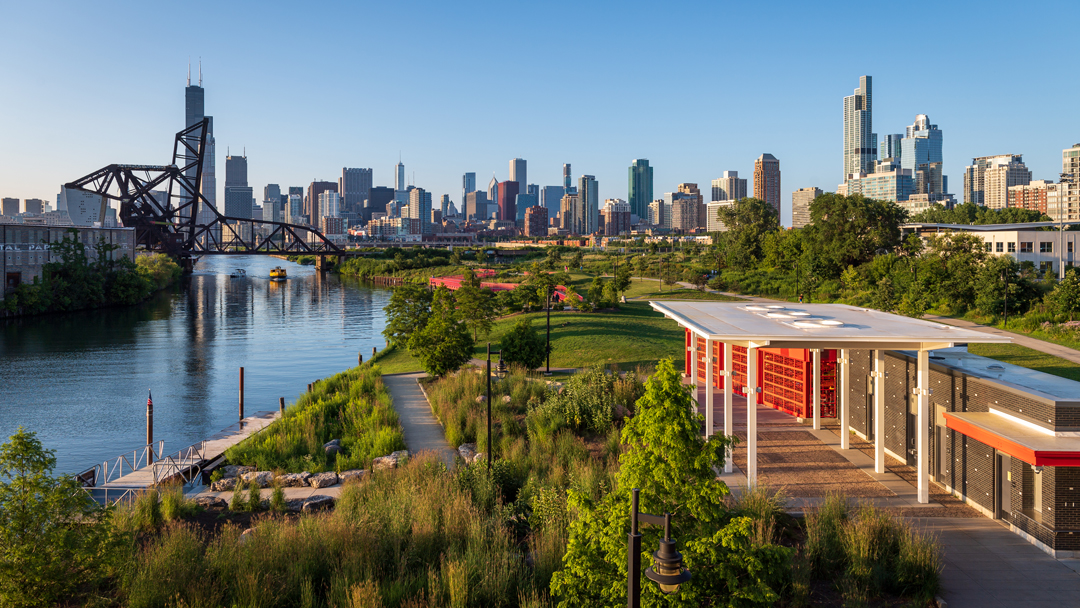
Chicago’s most important natural resources – Lake Michigan and the Chicago River – converge downtown and provide fresh water and recreation for the entire region. The Central Area’s growth should increase access to these natural resources and provide more public open spaces and ecological habitats that prioritize sustainability and stewardship.

The Central Area is growing steadily and attracts new residents due to its walkability and proximity to transit, jobs and many cultural, recreational and dining experiences. More affordable housing options are needed to ensure all Chicagoans have equitable access to these opportunities.
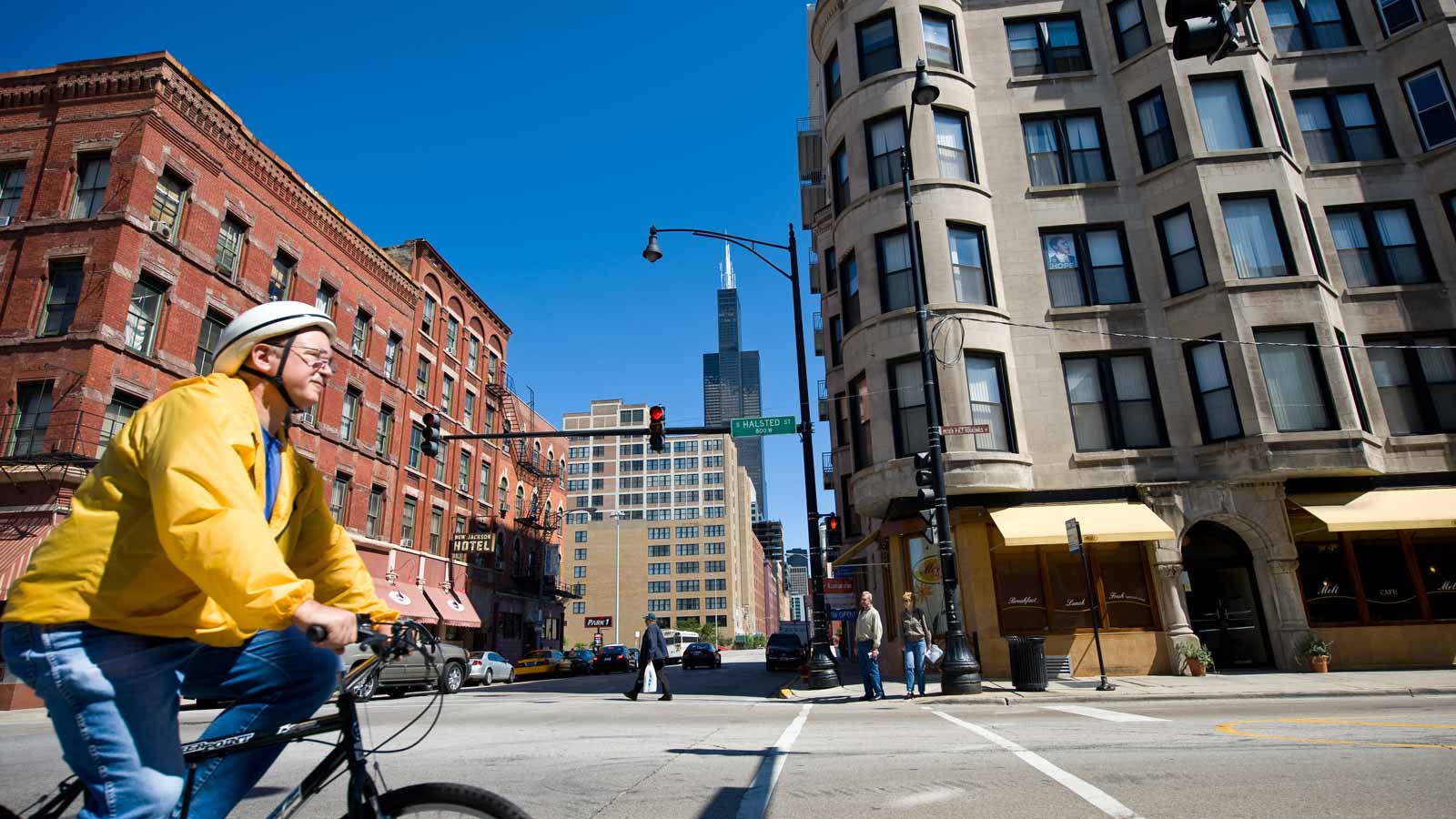
Downtown is evolving, expanding its office core and residential options, which are complemented by restaurants, cafes and open spaces. Its public services and amenities should support the needs of all residents, workers and visitors along vibrant, mixed-use corridors that cater to an active, live-work-play environment.

The Central Area has a high concentration of students and numerous opportunities to learn and explore. Its future invites Chicagoans of all ages and backgrounds to meaningfully connect with downtown and a diverse range of learning options.

The Central Area is home to world-renowned health-care institutions and recreational opportunities. Looking ahead, a focus on safety, a sense of community and expanding access to healthy foods will be critical to downtown’s continued growth.

The Central Area is shaped by the convergence of rail lines, highways, waterways and a network of streets, sidewalks and bicycle lanes. Providing reliable, safe and welcoming transportation options that link people to, from and within the downtown area is critical to its continued growth.
Arts + Entertainment
Chicago’s downtown is home to world-class cultural experiences and organizations that provide connectivity to other neighborhoods. Improving access to and support for arts and entertainment is critical for creatives to live, work and grow in the Central Area.
Priorities:
- Strengthen partnerships between diverse cultural organizations within the Central Area and across the city to further enrich world-class offerings.
- Expand the availability of free and low-cost events that are welcoming for people of all ages and backgrounds.
- Amplify the promotion of downtown’s events and offerings to ensure that they reach a more diverse audience across Chicago and beyond.
- Reuse vacant spaces creatively for arts and cultural programming.
- Provide support and affordable spaces for artists and the creative industry.
Economic Development
The Central Area is the region’s economic engine with more than half of all Chicago’s private-sector jobs. Looking to the future, downtown should support retail and business innovation, connectivity and growth from an inclusive workforce.
Priorities:
- Elevate the downtown experience by offering unique attractions and experiences that encourage visitors, residents and employers to explore and invest in the area year-round.
- Strengthen the Central Area as the region’s economic hub and its connectivity to Chicago’s neighborhoods.
- Encourage local entrepreneurship through collaboration, youth incubator hubs and unique retail opportunities.
- Establish more opportunities to support an inclusive workforce and to retain and attract downtown employees.
- Support the growth of emerging, green and innovative industries to enhance the city’s economic prominence and resilience.
Environment, Climate + Energy
Chicago’s most important natural resources – Lake Michigan and the Chicago River – converge downtown and provide fresh water and recreation for the entire region. The Central Area’s growth should increase access to these natural resources and provide more public open spaces and ecological habitats that prioritize sustainability and stewardship.
Priorities:
- Ensure equitable access to waterways, public spaces and programming.
- Build additional green infrastructure and support more ecological habitats and sustainable landscaping.
- Reduce the impacts of cars and emissions in the downtown area and facilitate a walk- and transit-focused environment.
- Improve downtown’s climate resiliency by reducing the heat island effect, mitigating the impacts of severe storms and protecting the shorelines.
- Enhance the energy performance of downtown buildings as part of renovation and new construction projects and encourage the incorporation of publicly accessible open spaces.
Housing + Neighborhoods
The Central Area is growing steadily and attracts new residents due to its walkability and proximity to transit, jobs and many cultural, recreational and dining experiences. More affordable housing options are needed to ensure all Chicagoans have equitable access to these opportunities.
Priorities:
- Build additional affordable units to ensure living downtown will be accessible to all Chicagoans.
- Collaborate with organizational partners and City agencies to provide holistic support and permanent supportive housing options in the Central Area for migrants, returning citizens, and people experiencing homelessness.
- Provide live-work-play neighborhoods that provide comprehensive amenities and retail services for residents of all ages and incomes.
- Provide more housing options that will be attractive to families and seniors.
Land Use
Downtown is evolving, expanding its office core and residential options, which are complemented by restaurants, cafes and open spaces. Its public services and amenities should support the needs of all residents, workers and visitors along vibrant, mixed-use corridors that cater to an active, live-work-play environment.
Priorities:
- Prioritize walkable and mixed-use developments that build toward a collective sense of belonging.
- Facilitate residential growth near transit, jobs and neighborhood amenities.
- Activate and design public and private spaces to encourage people to safely enjoy the Central Area at night and outside of work hours.
- Transform underutilized areas into vibrant spaces to connect key parks and cultural institutions and to help distribute public green spaces and art throughout downtown.
Lifelong Learning
The Central Area has a high concentration of students and numerous opportunities to learn and explore. Its future invites Chicagoans of all ages and backgrounds to meaningfully connect with downtown and a diverse range of learning options.
Priorities:
- Expand workforce development opportunities to ensure access to high-quality education and training programs.
- Increase coordination among major Central Area institutions to engage more Chicagoans and build awareness of existing learning opportunities.
- Promote diverse professional development experiences for youth, such as mentorship and apprenticeship programs.
- Improve digital literacy programs and resources to enhance access to educational opportunities.
- Support opportunities for informal and experiential education, including intergenerational and peer-to-peer opportunities.
Public Health + Safety
The Central Area is home to world-renowned health-care institutions and recreational opportunities. Looking ahead, a focus on safety, a sense of community and expanding access to healthy foods will be critical to downtown’s continued growth.
Priorities:
- Elevate existing partnerships to expand the reach of integrated services throughout the Central Area.
- Provide clean and well-maintained public restrooms, particularly in transit facilities and along the lakefront and river.
- Address safety concerns through lighting and streetscaping, especially in and around transit facilities, tunnels and underpasses.
- Ensure public safety teams, such as violence intervention specialists, social workers and law enforcement officers, are in place for incidents that occur downtown.
Transportation + Infrastructure
The Central Area is shaped by the convergence of rail lines, highways, waterways and a network of streets, sidewalks and bicycle lanes. Providing reliable, safe and welcoming transportation options that link people to, from and within the downtown area is critical to its continued growth.
Priorities:
- Improve the reliability and safety of transit through operations and infrastructure improvements.
- Invest in the safety and improved experience of pedestrians and bicyclists moving through downtown.
- Connect the transportation grid to improve mobility to and within the Central Area.
- Prioritize and support sustainable modes of transportation.
- Improve transit linkages across all modes of public transportation with a focus on the user experience.
